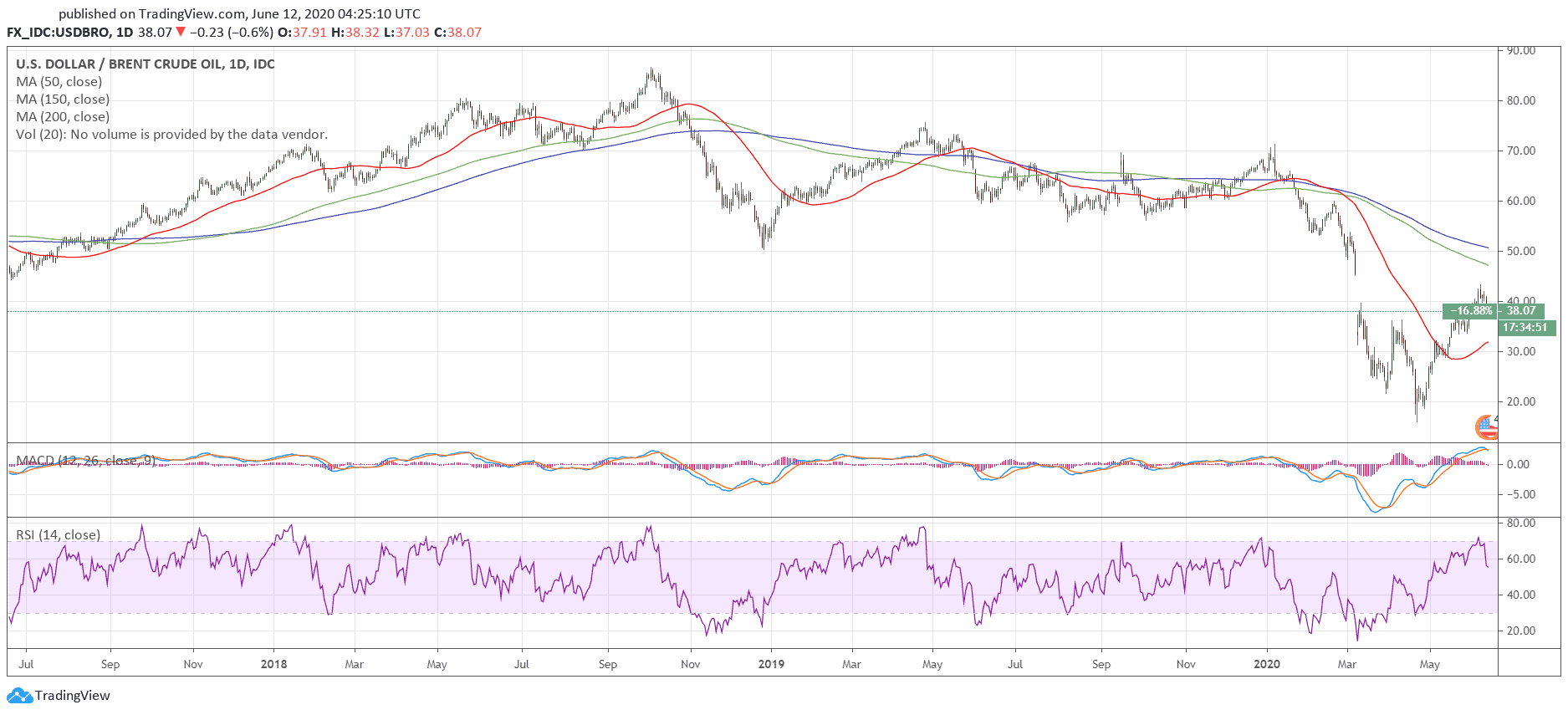Recent rumors of petrol ceiling price removal caused confusion among the rakyat and petrol dealers. Understand the events which unfolded leading to the confusion. Is the ceiling still there?

Recently, on June 10, 2020 several media outlets reported that The Domestic Trade and Consumer Affairs Ministry has revoked the petrol ceiling price order that restricted RON95 petrol to RM2.08 per liter and diesel to RM2.14 per liter.
The revocation was announced in a gazette dated June 3 and approved by Domestic Trade and Consumer Affairs Minister, Datuk Alexander Nanta Tinggi on April 10. The Price Control and Anti-Profiteering (Determination of Maximum Retail Price for Petrol and Diesel) (No.8) (Cancellation) 2020, following the Price Control and Anti-Profiteering Act 2011 (Act 723) was made by Datuk Seri Hasnol Zam Zam Ahmad.
Petrol dealers responded that they were unaware of ministry‘s decision in revoking the price control order price ceiling for RON95 petrol and diesel. The Petrol Dealers Association of Malaysia (PDAM) officially responded that its members only learned about the announcement through the media.
Then on June 11, Datuk Alexander Nanta Tinggi, Domestic Trade and Consumer Affairs Minister, denied the news and said that the ceiling price is still in force and the government did not revoke the price control order on petrol RON95 and diesel.
Contents
But how are the ceiling prices for petrol and diesel determined?
According to the statement, the price for fuel and diesel are determined by the ‘Automatic Pricing Mechanism’ (APM), following the prices of the refined products, with the global crude oil prices.
“Since March 2017, the retail prices of fuel and diesel are set every week and enforced by the ministry through the gazette under the Act. The purpose of the gazette was to cap the prices of the items by fuel companies and station operators so that they do not exceed the maximum prices set by the Finance Ministry,” ~Datuk Alexander Nanta Tinggi, Domestic Trade and Consumer Affairs Minister
The price of petrol is based on an Automatic Pricing Mechanism (APM).
APM Formula = Price of MOPS + Operation Costs + Profit Margin Oil Companies + Profit Margin Petrol Dealers + Alpha
- MOPS: Mean of Platts Singapore which is a crude oil pricing
- Operation costs: 9.54 cents per litre (fixed)
- Profit Margin Oil Companies: 5 cents per litre (fixed)
- Profit Margin Petrol Dealers: 12.19 cents per litre (fixed)
- Alpha: Price difference MOPS with actual prices 5 cents per litre (fixed)
Monitoring petrol pricing changes indicates that prices do appear to generally match crude oil price movements. The ceiling price is the highest price that petrol stations can sell petrol at. However, government approval is required to sell petrol at a lower price than the ceiling price. Til this date, all petrol stations have priced petrol at the ceiling price which makes the pricing at all petrol stations in Malaysia the same. If the time comes when petrol stations set different pricing, expect to see a rise in petrol price comparison apps.

Are oil (and petrol) prices likely to increase for the rest of 2020?
Affin Hwang Investment Bank Bhd in a research note recently said that the possible future of global oil prices facing a sharp decline predicts negative year-on-year (YoY) growth in headline inflation and the cost of transport. Oil prices just today plunged -8.7% with escalating concerns on oil demand dropping with a resurgence in Covid-19 cases in US. Oil has been especially volatile with the price of oil futures contract plunging in April 2020 into negative territory for the first time in history.
Domestically with the country adjusting in the new Recovery Movement Control Order (RMCO) phase, and the economy reopening almost to full capacity, we can expect to see more people going out, either by driving their own transport or by public transportation thus increase the demand for fuel.
Overall
Earlier media reports on the petrol ceiling prices revoked causes confusion among the public especially when we just getting started in the new normal in RMCO. The government’s quick response to clear the confusion is applauded but we continue to iterate the importance of clear communication. Oil prices are especially difficult to predict as oil is highly sensitive to both global supply and demand. Malaysia still stands to lose some RM31b a year if oil prices remain at $30 or below although Malaysia is increasingly less dependent on oil prices contributing only 9% of our nation’s GDP.
You May Also Like
- Malaysia Launches PENJANA Economic Recovery Plan
- The Future of the Automotive Industry, Post-Covid-19
- Saudi Arabia Drone Attacks Causes Oil Disruption
- 8 Tips On How To Be Financially Prepared For Any Economic Downturn
What do you think will happen to the petrol price after this? Share with us in the comments section below.





Leave A Comment